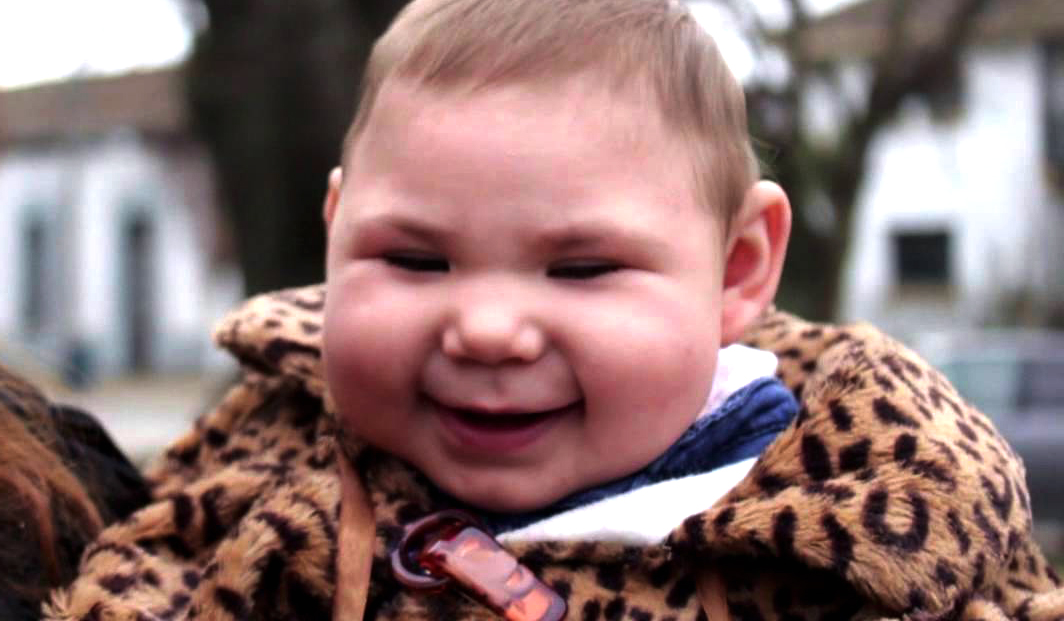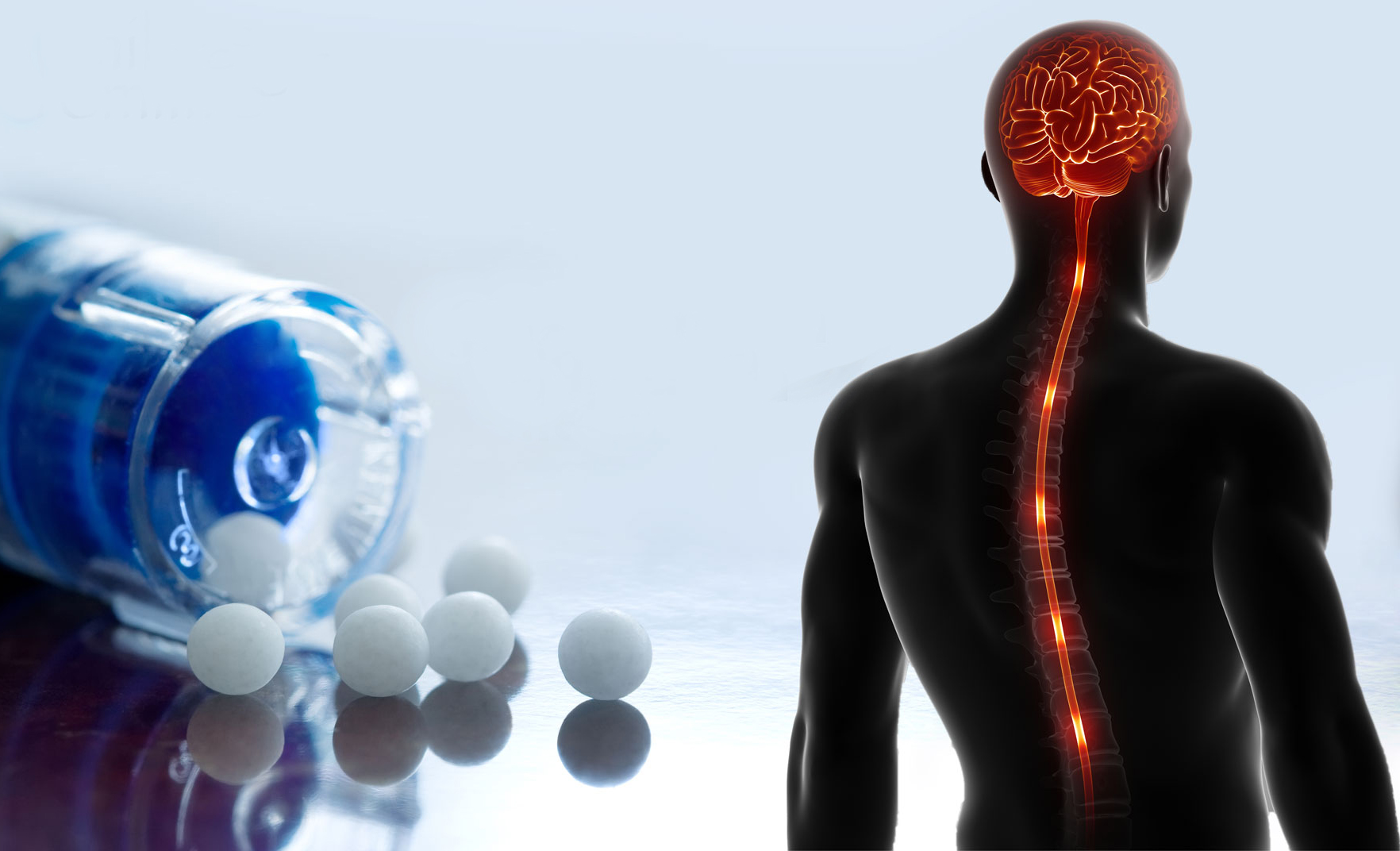[et_pb_section bb_built=”1″][et_pb_row][et_pb_column type=”4_4″][et_pb_text _builder_version=”3.13.1″]
Microcephaly means having a small head, or rather, smaller than what a child would touch by age and sex.
The growth of the head is determined by the growth of the brain, so that a small head means that the brain is smaller than normal. The exception to this is craniosynostosis, in which the bones of the skull are fused and do not allow brain growth.
When evaluating a possible microcephaly in a child, one must take into account the size of the head of the parents. On the other hand, not all breeds have the same head size, so if the standard curves of the World Health Organization are used, there would be some populations or ethnic groups in which microcephaly or macrocephaly diagnoses would be made due to excess or by default.
Microcephaly can be diagnosed before delivery in routine pregnancy check-ups, although it is often not apparent until the third trimester. In many cases it is not diagnosed until after the birth or in the periodic reviews that are carried out. Microcephaly can appear up to three years of age. Thus, congenital microcephaly, present at birth or at week 36 of gestation, is distinguished from postnatal microcephaly, which is the growth arrest of the brain that had a normal size at birth.
The most frequent symptom of microcephaly, and present in greater or lesser extent in most cases from the moderate degree, is mental retardation. The brain is smaller and does not work in a normal way. Depending on the cause of the microcephaly and the degree of involvement, this mental retardation can be more or less serious and condition the child’s cognitive development to a greater or lesser degree.
In addition to mental retardation, there may be other associated symptoms depending on the cause:
- Combat crisis. There may also be movement disorders or mobility defects. Cerebral palsy is relatively frequent.
- Sensorineural alterations: blindness and deafness.
- Psychological disorders and behavior disorders.
- Malformations of other organs of the body such as the heart or kidneys. The enlargement of the liver or spleen may be secondary to an intrauterine infection.
- Atypical aspect: a classic example is Down syndrome, but also in the other syndromes mentioned that are associated with microcephaly, the child has a phenotype more or less characteristic of the syndrome that he suffers. The head, besides being small, can be deformed.
- Difficulties in feeding: due to anatomical alterations or difficulties in swallowing. There may be cleft palate with some frequency.
- Skin disorders in some cases of intrauterine infections or certain metabolic diseases.
All children undergo a follow-up of the measurement of their cranial perimeter from birth. If it is detected at some time that it is very low, compatible with microcephaly, a more complete evaluation by a neuropaediatrician should be performed. There will be times when the microcephaly is evident from birth but at other times it is detected over the months.
Always take care of your health with a unique and efficient service. Visit Pharmamedic.
[/et_pb_text][/et_pb_column][/et_pb_row][/et_pb_section]







